Actions of individual women are a brave step forward, but a larger social movement is needed to bring justice for millions of not so privileged women.
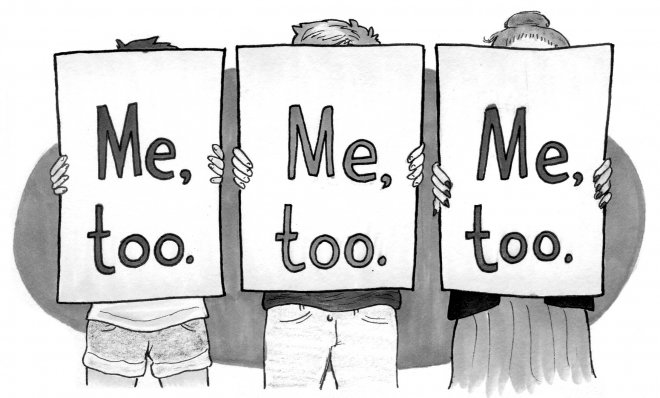
But there is a vast world beyond this where women lead lives of quiet submission to such predatory oppression. This world spans all spheres of life, from homes to educational institutions, to factories and fields, and offices. They are submissive because of deeply entrenched patriarchal ideas and systems from which individual rebellion is virtually impossible. They are dependant, fearsome and alone in their suffering.
It would be deeply unfair and inhuman to demand that they individually step forward in the manner of #MeToo. What is needed is a social response that rises up and protests against such injustice collectively. And, such protest has to have both men and women as partners in it.
One of the focuses of any collective protests has to be the mechanism of redressal that is currently made available through the police and courts. This aspect is not a solution to the whole issue of women’s subjugation, but it certainly helps in the fight for justice. Sexual harassment at the workplace is a specific category within the larger experience of violence by women.
And, it is here – in the way our legal justice system works for complaints of sexual harassment by women – that a fatal weakness exists. The women’s movement in India has repeatedly pointed out this, fought for a better system, but the more things change, the more they remain same. Have a look below.
The Law Against Sexual Harassment
After the Nirbhaya case in 2012, and the massive outrage it sparked, the Justice Verma Commission recommended a slew of changes in relevant laws in 2013. The govt. amplified section 354 (assault on women with intent to outrage her modesty) to include, among others, section 354A which spells out sexual harassment. Cases registered under this section have jumped by 25% between 2014 and 2016 as per NCRB.
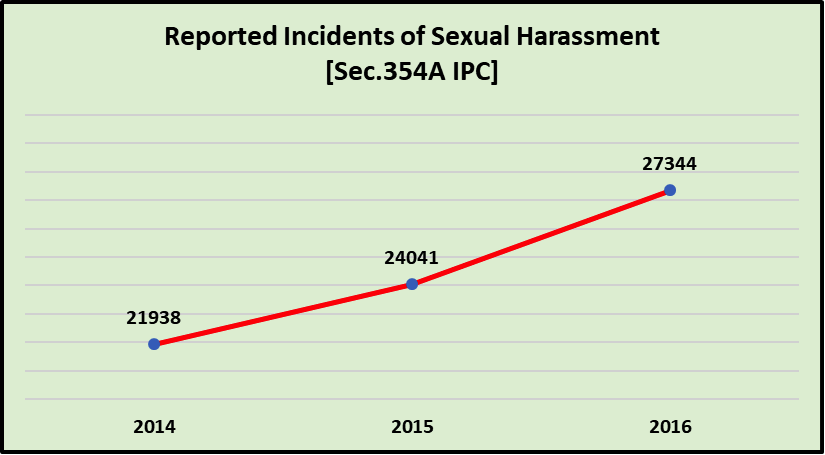
Prior to 2014, the generic s.354 was applicable. Total cases under this section (including the added sub-sections since 2014) have zoomed up by over 100% between 2010 and 2016. The other provision, s.509 (insult to modesty) have shown a slight dip because cases of sexual harassment are now going under section 354A.
Even as more women are registering their complaints about sexual harassment, the police is lagging behind – both, in registering cases (for which obviously there is no official data) and also in investigating and sending them onward to courts for trial. Several #MeToo complainants’ stories narrate the difficulty they had with police. As shown below, each year’s case load at the police station is increasing while the number of charge sheets filed is lagging far behind at just 67% in 2016 (23416 out of 34816 cases).
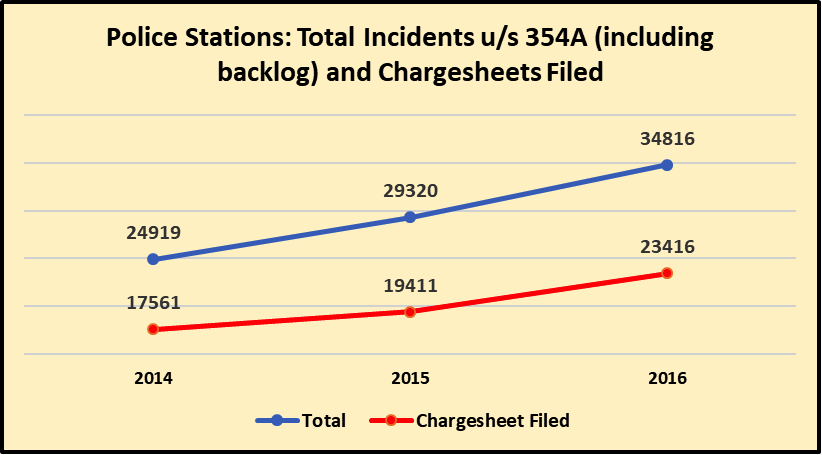
When it comes to the courts, the situation is forbiddingly bleak. As shown below, 73,774 cases under section 354A were pending in courts in 2016, up from 47,844 in 2014. That’s a staggering jump of 54% in three years.
Completion of trials is even more abysmal. In 2016, trials were completed in only 10% of the pending cases – in 7665 out of 73,744. With this kind of record it is small wonder that women don’t have much faith in the legal system for getting them justice in cases of sexual harassment.
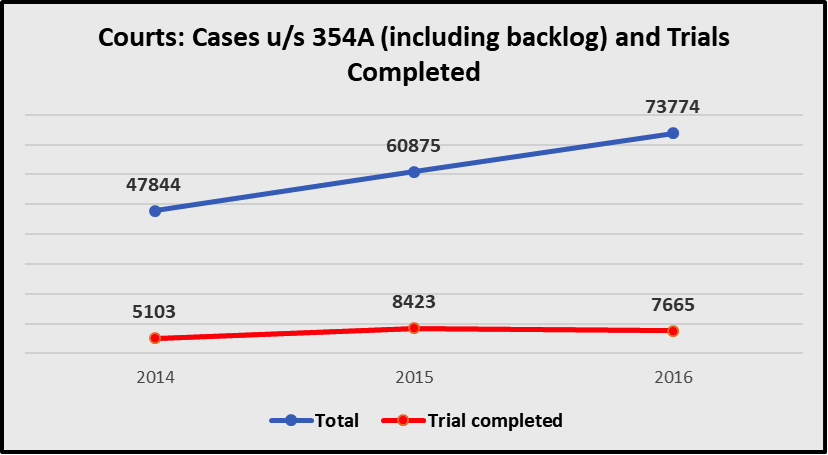
And, as a result of all this delay, and probably indifferent investigation (hence weak prosecution), the conviction rate has been going down – in three years it has dipped from an already shockingly low of 34.5% to about 30%. In other words, two out of three accused in sexual harassment cases gets away scot free.
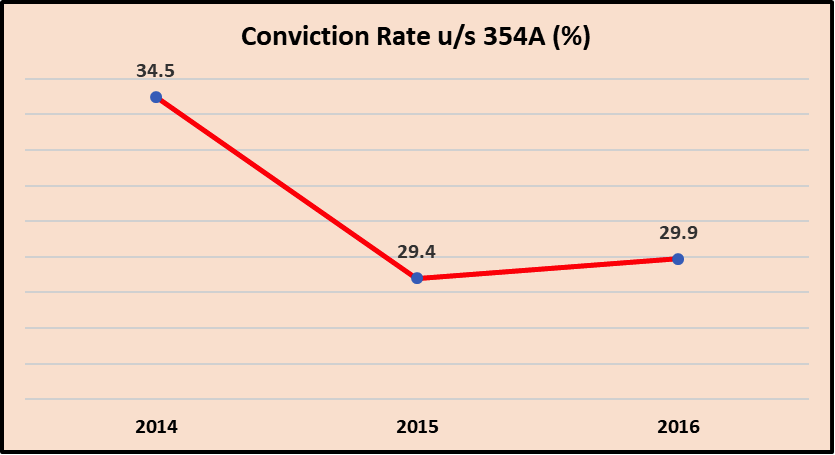
What all this shows is that the law is failing the people, it is not offering redressal, it is too limited in its ambit and its implementation is too discouraging, even hostile. This is what forces women who are better placed to adopt the social media for #MeToo. But for the rest of women, there is no such option.
This can change provided the larger social collective moves in defence of women who are survivors of sexual violence. Its demand will be for better laws more diligently implemented. But this social movement will also have to take up larger but inter-related issues of women’s employment, equal pay and other rights, along with the issue of violence because only then can real empowerment of women as part of all working people take place.
Courtesy: Newsclick.in
